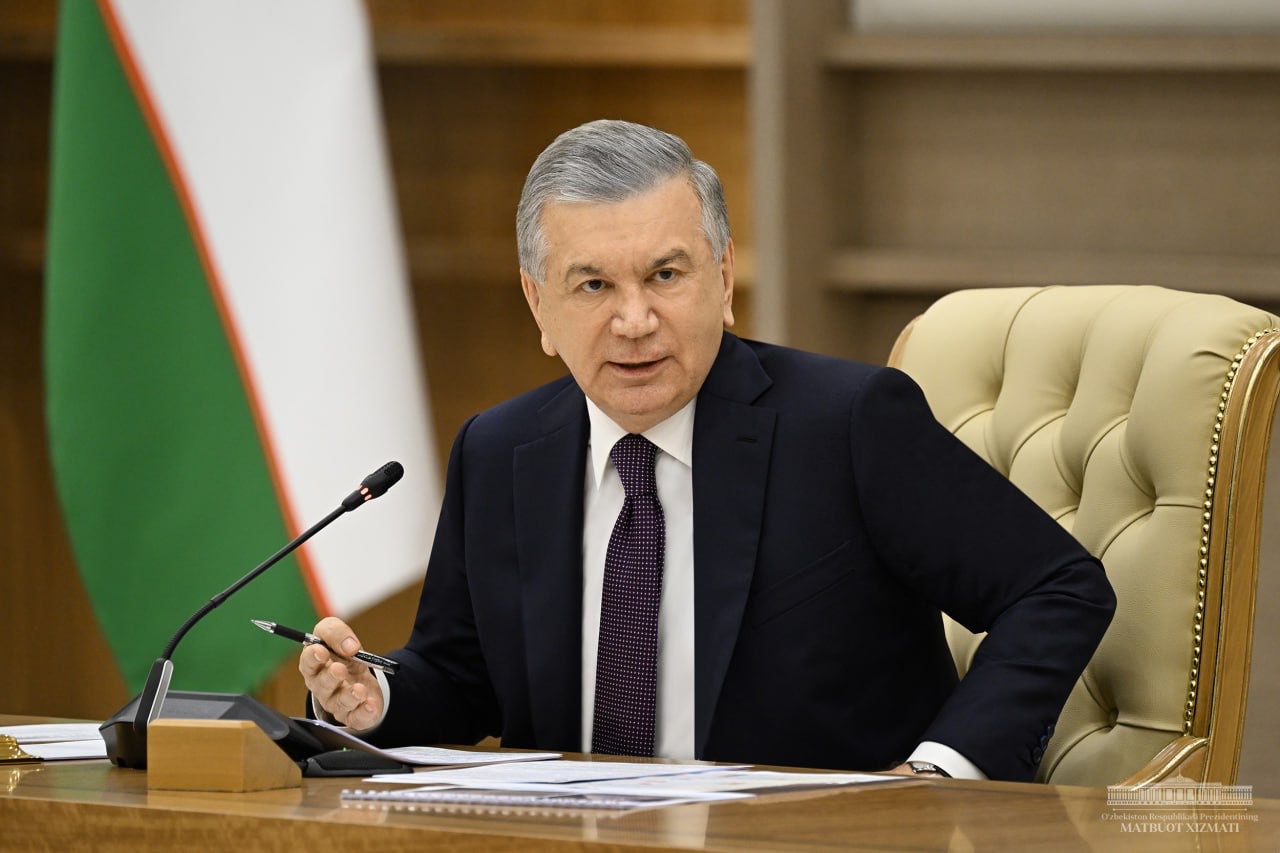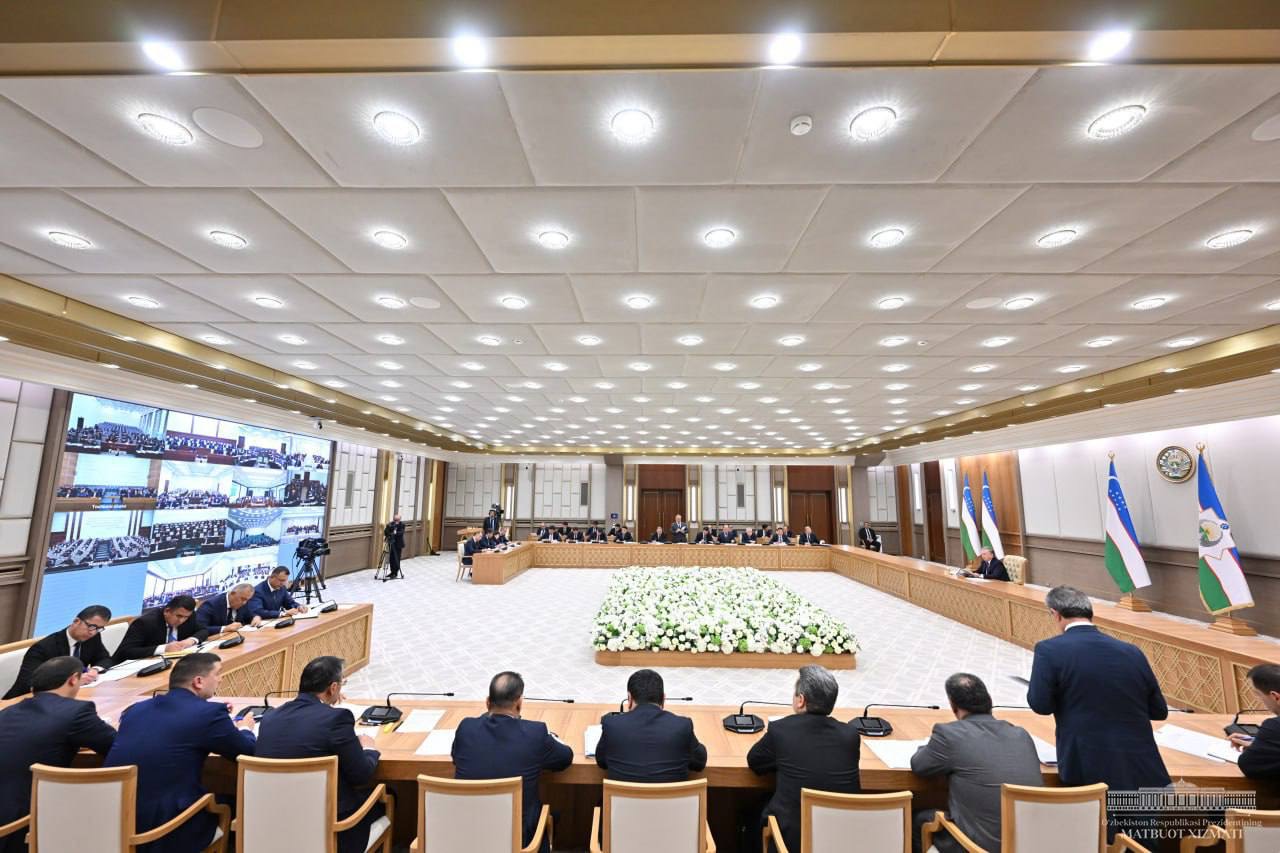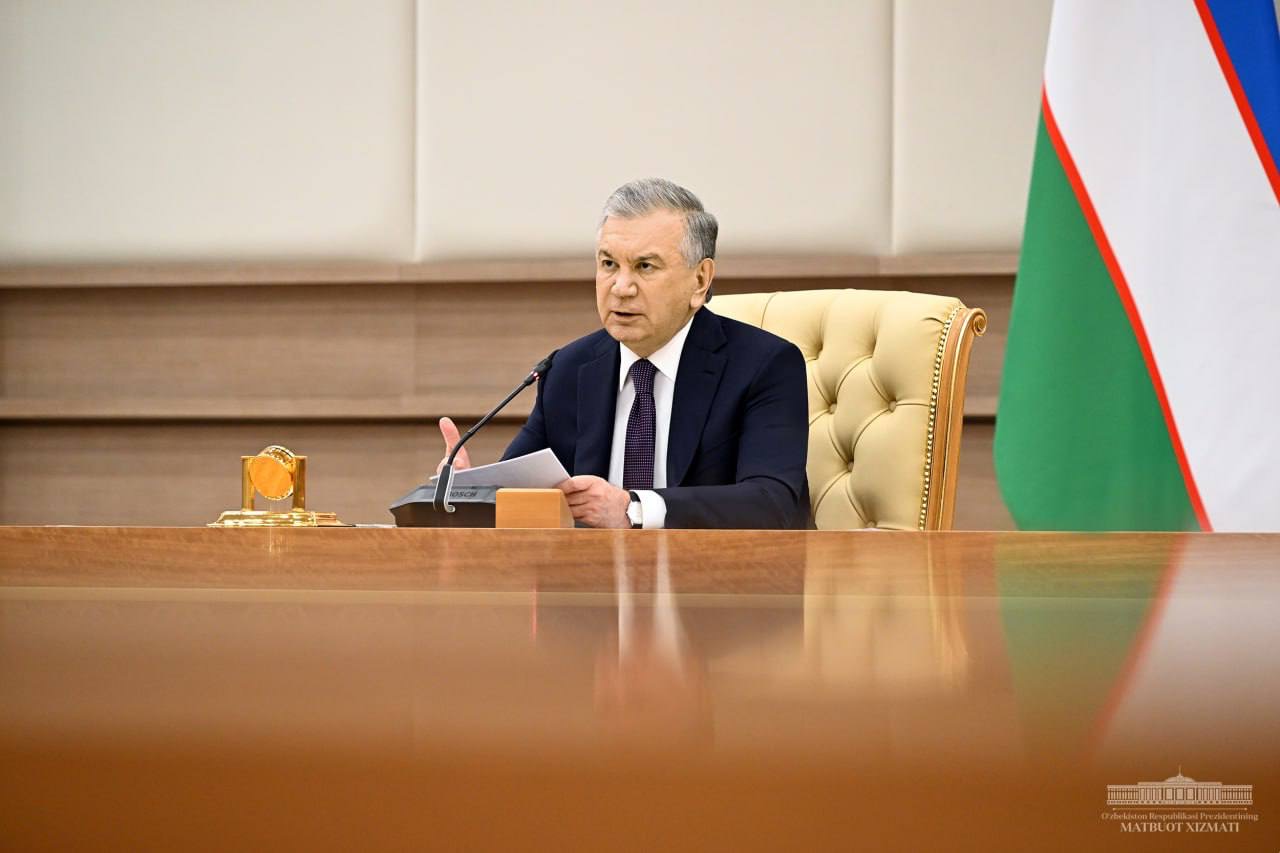President Shavkat Mirziyoyev has outlined a plan to improve water and energy resource management in Uzbekistan’s agriculture sector. This includes concreting an additional 18,000 kilometers of highways and 94,000 kilometers of internal canals, with a UZS 800bn ($62.5mn) budget allocated for next year. These efforts aim to optimize water usage and enhance energy efficiency in response to increasing environmental challenges, particularly water scarcity.

In recent years, strides have been made in water management. The concreting of 550 kilometers of canals and ditches has improved 200,000 hectares of agricultural land and saved 450mn cubic meters of water annually. Farmers and agricultural clusters have also concreted 13,000 kilometers of internal networks, improving water flow efficiency. A comprehensive water accounting system now enables farmers to measure and manage their water usage more effectively, resulting in a 6bn cubic meter increase in active water use this year.
Despite these advancements, challenges persist, including high water costs—averaging UZS 212 ($0.02) per cubic meter, and even higher in regions like Bukhara, Kashkadarya, and Namangan. While large pumping stations like Karshi and Amu-Bukhara have been modernized with a $1bn investment, outdated smaller pumps continue to drive up costs.
To address these issues, Mirziyoyev emphasized cost-efficiency measures. Concreting expenses have been reduced by half thanks to optimized material and labor supplies. He called for a further 20% cost reduction through direct cement supply contracts with contractors.

Innovative solutions include building small hydroelectric power stations along concrete channels. Construction of 148 micro-stations totaling 11 megawatts has begun in Navoi, with the potential to develop 2,000 such plants across the country, generating an additional 600mn kilowatt-hours of electricity annually. The president urged private sector involvement in these renewable energy initiatives.
A $21mn project in Dostlik district, Jizzakh, exemplifies the role of digitalization in water management. The project integrates smart systems at 2,000 water distribution points, which are expected to reduce water consumption by 20%, with an additional 10% saved from network repairs. This model will be expanded to other water-intensive regions and introduces a pre-paid water system alongside partnerships with the private sector.
The government is also focusing on energy efficiency in irrigation. With over 1,600 pumping stations in operation, the government has declared 2025 as the "Year of Pump Efficiency Improvement." Farmers in Khorezm have already begun using solar energy for irrigation, earning additional income by selling excess electricity back to the state.

Last year, the introduction of water-saving technologies across 2mn hectares saved 2bn cubic meters of water. These technologies will be expanded to another 500,000 hectares in 2024, with subsidies for laser leveling in regions such as Khorezm and Karakalpakstan.
In addition, floodwater harvesting facilities are planned for 50,000 hectares in regions like Samarkand and Tashkent. "Uzbekgidroenergo" has received a two-year mandate to implement these projects.
Finally, a new Center for the Digitization of Water Management will be established to create a unified system for tracking and analyzing water consumption. This digital transformation is seen as key to streamlining water use and ensuring a sustainable future for Uzbekistan’s agricultural sector.
Follow Daryo's official Instagram and Twitter pages to keep current on world news.
Comments (0)